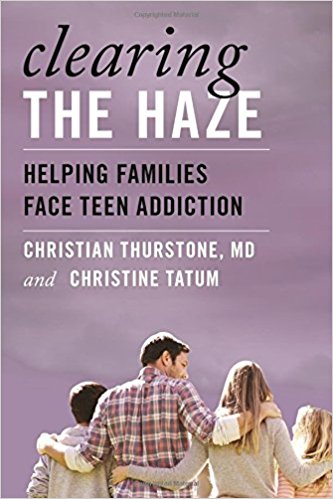The National Institute on Drug Abuse (NIDA) reports that there is insufficient evidence to support claims that marijuana use will reduce opioid use and overdose deaths.
The federal agency wrote:
Some preliminary studies have suggested that medical marijuana legalization might be associated with decreased prescription opioid use and overdose deaths, but researchers don’t have enough evidence yet to confirm this finding. For example, one NIDA-funded study suggested a link between medical marijuana legalization and fewer overdose deaths from prescription opioids.1 But this study didn’t show that medical marijuana legalization caused the decrease in deaths or that pain patients changed their drug-taking behavior.2,3 A more detailed NIDA-funded analysis showed that legally protected medical marijuana dispensaries, not just medical marijuana laws, were also associated with a decrease in the following:4
- opioid prescribing,
- self-reports of opioid misuse,
- treatment admissions for opioid addiction.
Additionally, data suggests that medical marijuana treatment may reduce the opioid dose prescribed for pain patients,5,6 and a recent study showed that availability of medical marijuana for Medicare patients reduced prescribing of medications, including opioids, for their pain.7 NIDA is funding additional studies to determine the link between medical marijuana use and the use or misuse of opioids for pain.
So, claims that marijuana users have a lower risk of opiate overdose are just not supported by the science. The erroneous claim is rooted in what Keith Humphreys, a professor of psychiatry and behavioral sciences at Stanford University, explains is common “ecological fallacy.” He wrote:
Some recent studies have shown that states with more medical marijuana availability have lower rates of opioid overdose and young male suicides. This was interpreted as meaning that people who use medical marijuana are at lower risk of overdose and less likely to take their own lives. If you think that constitutes good reasoning, you should also believe that smoking and being exposed to radon reduces your risk of cancer because in the aggregate, those variables are negatively correlated with cancer rates!…
…Perhaps surprisingly, whether medical marijuana availability at the state level correlates with some other state-level indicator actually tells us nothing about how medical marijuana affects individuals. If a state-level correlation with some indicator is positive (e.g., states with more medical marijuana have higher rates of violence) the individual level relationship can still be negative (e.g., medical marijuana use makes people less violent).
This isn’t the first time one drug has been explored as a potential cure for the deadly effects of another. Decades ago, doctors sought to treat alcoholism with heroin, and heroin addiction with cocaine. Unsurprisingly, these “cures” compounded the original problem.
As the United States continues to look for ways to stop its opioid epidemic, we already know some public policies are effective. They include increasing access to substance treatment, prioritizing prevention and expanding education for physicians who prescribe opiates.


We welcome all thoughtful comments, but please abide by our commenting rules